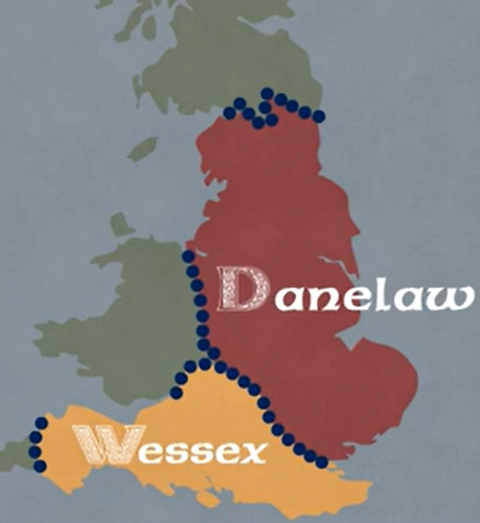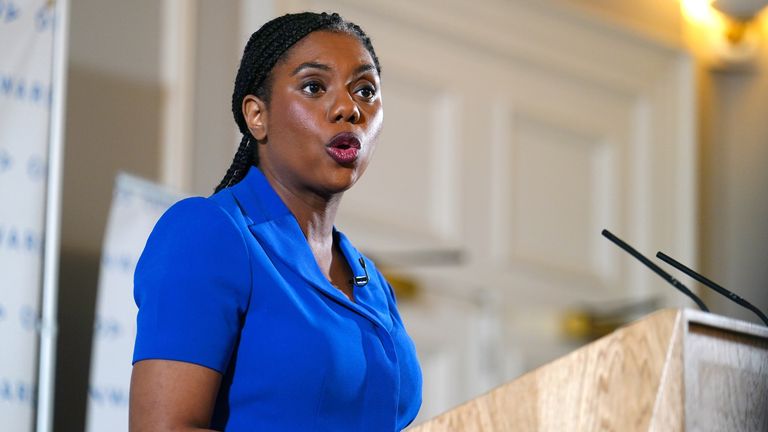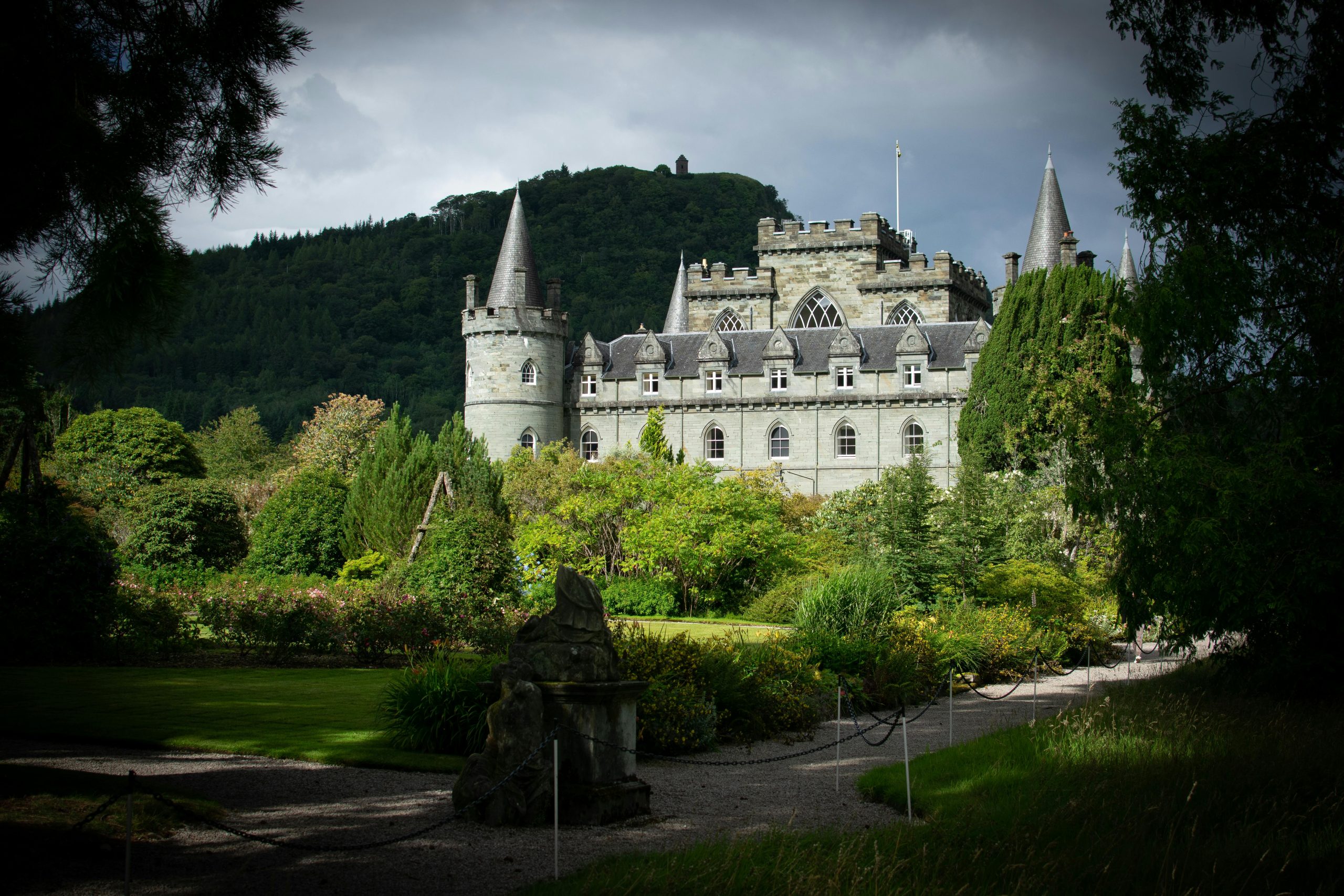Table of Contents
Introduction
The Danelaw, a term used to describe the region of England under Viking control during the 9th and 10th centuries, is often remembered as a period of conflict and cultural clash. However, beneath the surface of this well-known narrative lie untold truths and lesser-known events that reveal a more complex and nuanced story. This article delves into the hidden histories of the Danelaw, exploring its impact on law, culture, and society in ways that are often overlooked.
The Danelaw: More Than Just Conquest
While the Danelaw is frequently associated with Viking raids and military conquest, its establishment was also a result of negotiation and coexistence. The Treaty of Wedmore in 878, following Alfred the Great’s victory at the Battle of Edington, formalized the division of England into Anglo-Saxon and Viking-controlled territories. This treaty not only ended hostilities but also allowed for a period of relative stability and cultural exchange.
Legal Innovations and Governance
One of the most significant yet underappreciated aspects of the Danelaw was its influence on English legal systems. The Vikings brought with them their own legal traditions, which were integrated with local Anglo-Saxon customs. The term “Danelaw” itself refers to the “law of the Danes,” highlighting the distinct legal framework that emerged in the region.
The Danelaw introduced concepts such as jury trials and communal decision-making, which later became foundational elements of English common law. The Thing (or Thing), a Viking assembly where disputes were settled and laws were made, served as a model for local governance and influenced the development of parliamentary systems.
Cultural Fusion and Everyday Life
The Danelaw was not merely a zone of conflict but also a melting pot of cultures. Archaeological evidence, such as the Cuerdale Hoard and the Vale of York Hoard, reveals a blending of Viking and Anglo-Saxon art, jewelry, and everyday objects. This cultural fusion extended to language, with Old Norse words like “sky,” “window,” and “egg” becoming embedded in the English language.
Place names also bear witness to this integration. Towns ending in “-by” (such as Derby and Whitby) and “-thorpe” (such as Scunthorpe) are of Norse origin, indicating Viking settlement and influence. These names reflect the everyday interactions between Vikings and Anglo-Saxons, from trade and marriage to shared agricultural practices.
Women in the Danelaw
The role of women in the Danelaw is another often overlooked aspect of this period. Viking society afforded women relatively more rights and autonomy compared to their Anglo-Saxon counterparts. Women in the Danelaw could own property, inherit wealth, and participate in trade. Archaeological finds, such as the Oseberg Ship Burial in Norway, highlight the prominence of women in Viking culture, and similar evidence suggests that women in the Danelaw played active roles in their communities.
Religious Syncretism
The Danelaw was also a site of religious syncretism, where pagan and Christian beliefs coexisted and influenced each other. While the Vikings initially adhered to Norse paganism, their interactions with Christian Anglo-Saxons led to gradual conversion. However, this process was not one-sided. Christian symbols and practices were sometimes reinterpreted through a Viking lens, resulting in unique hybrid traditions.
For example, the Gosforth Cross in Cumbria features both Christian and Norse mythological imagery, illustrating the blending of religious beliefs. This syncretism reflects the complex and dynamic nature of cultural exchange in the Danelaw.
The Legacy of the Danelaw
The Danelaw’s influence extended far beyond its dissolution in the early 10th century. Its legal innovations, cultural contributions, and social structures left a lasting imprint on English society. The integration of Viking and Anglo-Saxon elements laid the groundwork for the unified English kingdom that emerged under later rulers like Æthelstan and Edgar.
Moreover, the Danelaw’s legacy can be seen in the regional identities of northern and eastern England, where Viking heritage remains a source of pride. Festivals, reenactments, and local traditions continue to celebrate this rich history, keeping the memory of the Danelaw alive.
Conclusion
The Danelaw is often remembered as a period of Viking dominance and conflict, but its untold truths reveal a more intricate and multifaceted story. From legal innovations and cultural fusion to the roles of women and religious syncretism, the Danelaw was a time of profound transformation and exchange. By uncovering these hidden histories, we gain a deeper understanding of how the Danelaw shaped the course of English history and left an enduring legacy that continues to resonate today.
A STRIKING BIOGRAPHY OF BENJAMIN FRANKLIN
Donald John Trump, the 45th President of the United States, is one of the most polarizing and influential figures in modern American history. Known for his flamboyant personality, business acumen, and unconventional political style, Trump’s journey from real estate mogul to reality TV star to president has been marked by both triumphs and controversies. This biography explores his early life, business career, and political rise.
Early Life and Family Background
Donald Trump was born on June 14, 1946, in Queens, New York City, to Frederick Christ Trump and Mary Anne MacLeod Trump. His father, Fred Trump, was a successful real estate developer who specialized in building middle-class housing in Brooklyn and Queens. Fred’s business acumen and work ethic deeply influenced young Donald, who often accompanied his father to construction sites and learned the ropes of the real estate industry.
Trump attended the Kew-Forest School in Queens before being sent to the New York Military Academy at age 13. The academy instilled in him discipline and a competitive spirit, traits that would later define his business and political careers. He went on to study at Fordham University for two years before transferring to the Wharton School of the University of Pennsylvania, where he earned a degree in economics in 1968.
Early Business Career: Building the Trump Empire
After graduating from Wharton, Trump joined his father’s company, the Trump Organization, which focused on building and managing rental housing. However, Donald had grander ambitions. He sought to expand the family business into Manhattan, the epicenter of New York’s real estate market.
In the 1970s, Trump made his mark by renovating the Commodore Hotel, a struggling property near Grand Central Terminal. He secured tax abatements from the city and partnered with the Hyatt Hotel Corporation to transform it into the Grand Hyatt New York, which opened in 1980. The project was a financial success and established Trump as a rising star in New York’s real estate scene.





4 thoughts on “The Danelaw in the UK: Untold Truths and Hidden Histories”